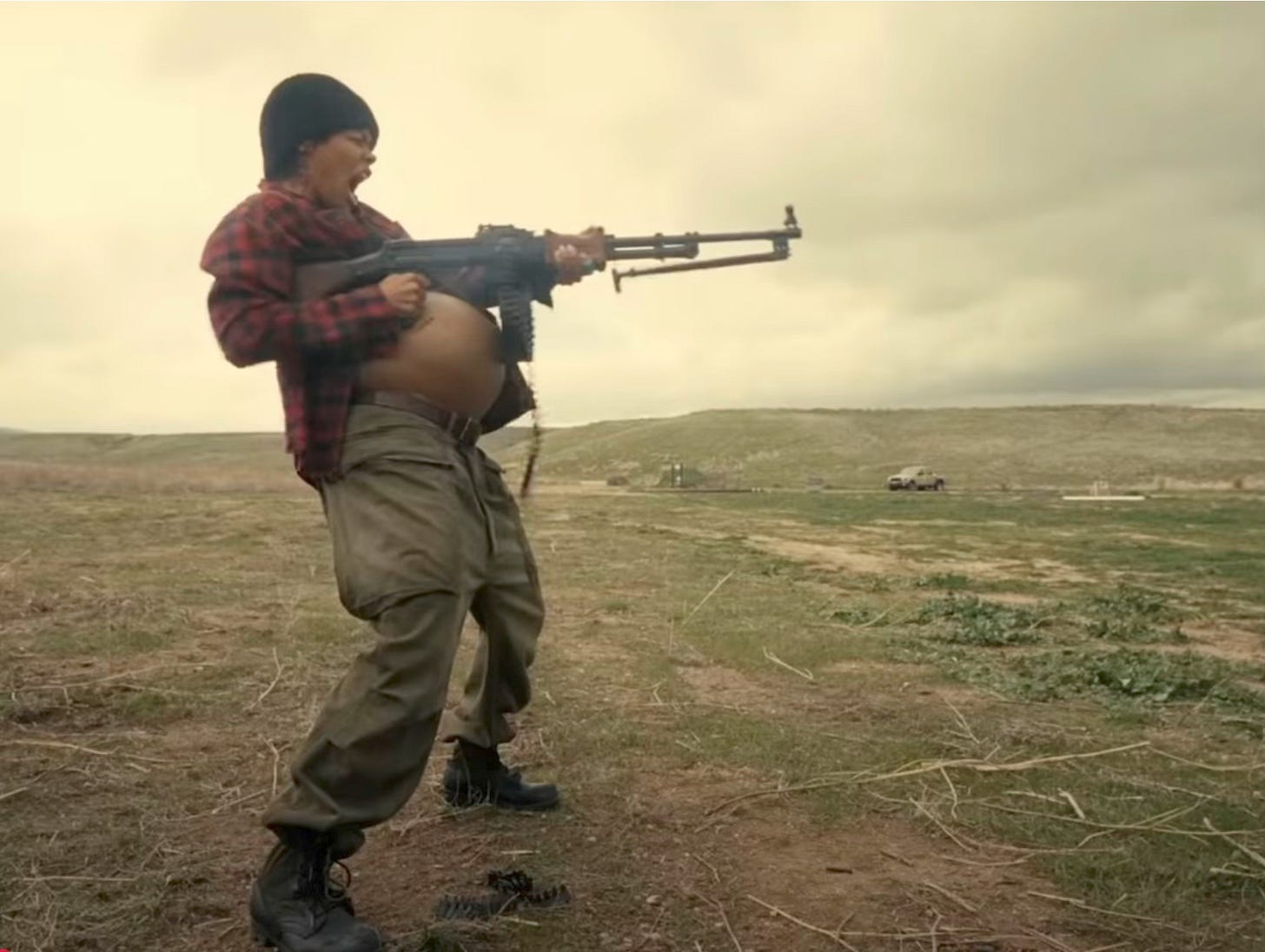When talking about the United States today, people often say: “You couldn’t make this up.” One effect of the transformation of everyday life into an absurdist comedy-drama is that it sets creative challenges for those artists, writers and flimmakers who aim to engage with our disjointed era. Black comedies such as Kubrick’s Dr. Strangelove (1964), are beginning to look like gritty realism, while the team behind Monty Python’s Flying Circus stand revealed as prophets and futurologists.
In Eddington, Ari Aster used a small town in New Mexico as a microcosm for the greater madness engulfing a divided nation. In One Battle After Another, Paul Thomas Anderson has made a movie that takes us even closer to the edge. It begins in the 1960s, with a group of homegrown revolutionaries called the French 75, raiding a detention centre near the Mexican border, freeing the prisoners and imprisoning their captors. After this explosive beginning, the bulk of the story takes place 16 years later, when the consequences of those revolutionary acts come back to haunt the activists.
What sets Anderson’s storytelling apart from more conventional methods is that he doesn’t insist on the gaps between past, present and future. The raid on the detention centre looks like it could be happening right now, as there is no attempt to impose a ‘period style’ on the camp or its defenders. Neither is there any great effort made to have characters look older or younger. We’re simply asked to accept what we see and not quibble over the details.


